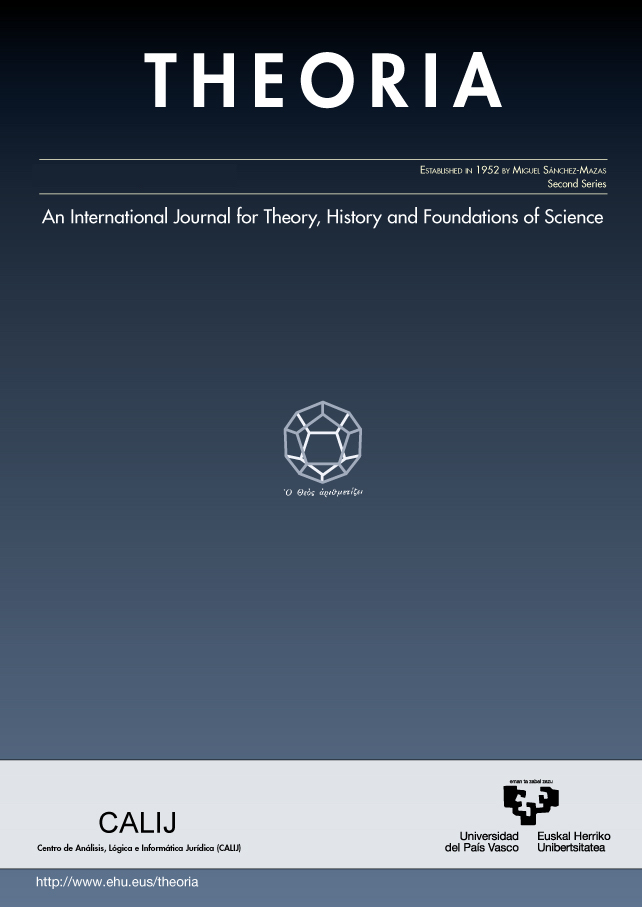A hub-and-spoke model of geometric concepts
##plugins.themes.bootstrap3.article.main##
##plugins.themes.bootstrap3.article.sidebar##
Abstract
The cognitive basis of geometry is still poorly understood, even the ‘simpler’ issue of what kind of representation of geometric objects we have. In this work, we set forward a tentative model of the neural representation of geometric objects for the case of the pure geometry of Euclid. To arrive at a coherent model, we found it necessary to consider earlier forms of geometry. We start by developing models of the neural representation of the geometric figures of ancient Greek practical geometry. Then, we propose a related model for the earliest form of pure geometry – that of Hippocrates of Chios. Finally, we develop the model of the neural representation of the geometric objects of Euclidean geometry. The models are based on the hub-and-spoke theory. In our view, the existence of specific models opens the possibility of addressing the relationship between geometric figures and geometric objects, in a novel way, in terms of their neural representation.
How to Cite
##plugins.themes.bootstrap3.article.details##
neural representation, hub-and-spoke, conceptual flexibility, geometric concepts, practical geometry, pure geometry

This work is licensed under a Creative Commons Attribution-NonCommercial-NoDerivatives 4.0 International License.
Authors retain copyright and grant the journal right of first publication with the work simultaneously licensed under a Creative Commons License.

